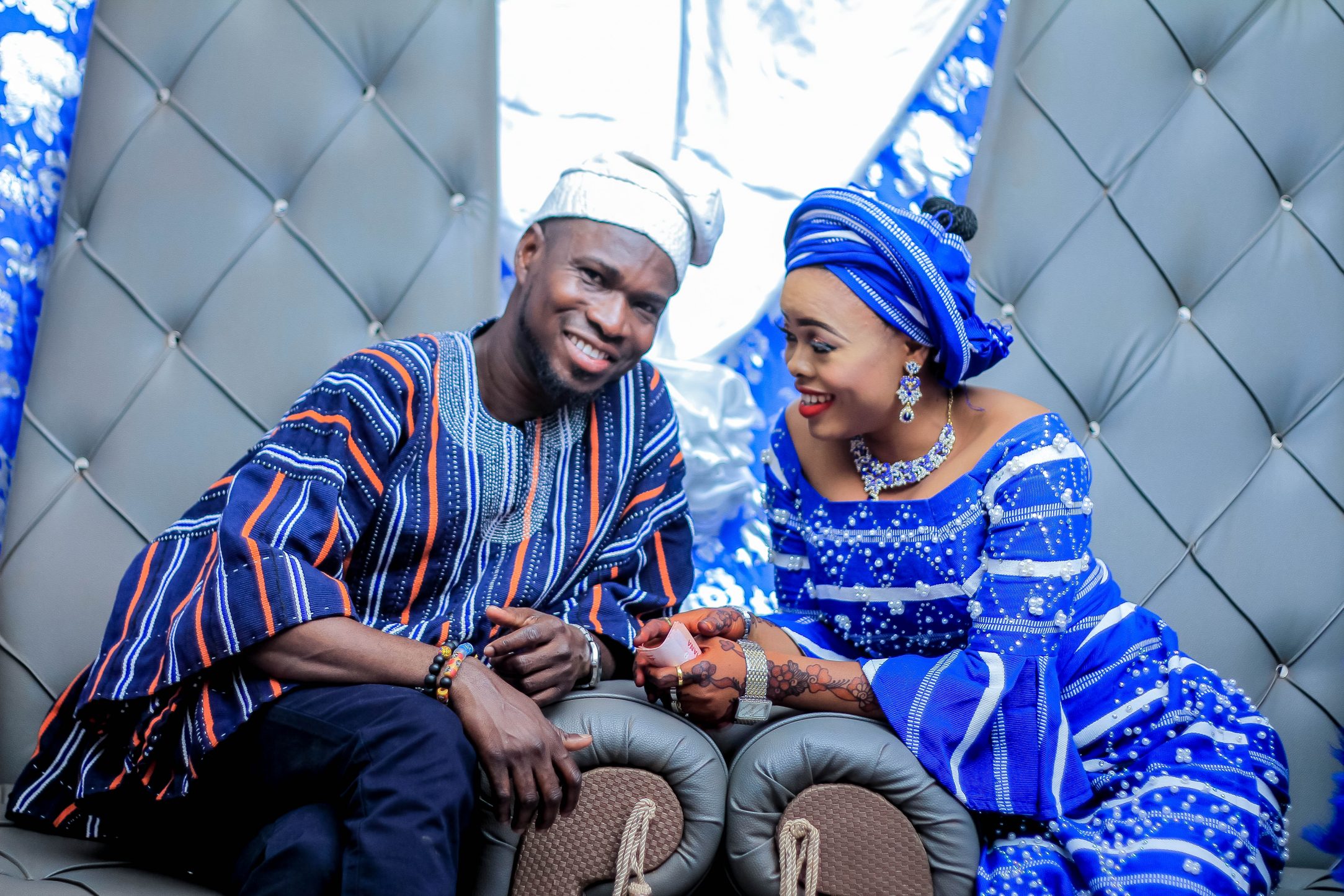Gong gong gong gong, the children in Tamale call it, this smock that has helped to revitalize Northern Ghana’s fashion industry. For those children, the name comes from the gong of the drum that the smock is usually worn to play; at occasions like the Damba festival, for instance, dancers sway from left to right, arms bent and extended outwards, allowing air to blow out the flair of their smocks. Gong! Gong! Gong! Gong!
The Waala of the Upper West Region call it woori,or “weavings” for the intricacy of its patterns; the Grunsi of the Upper East Region call it fumenko, which means “the real cloth”; and among the Dagbamba, it’s called binmaŋli, or “the real thing,” for its strength and durability, as Salifu Fusheini, a weaver, told me. For all the different names we have for this intricately-woven textile, however, if you call it “smock,” people will know what you mean. And it’s experiencing a revival: indigenous to Northern Ghana, a historically marginalized part of the country whose myriad ethnic groups share enough common ancestors, languages, foods, and cultural festivals—like the Damba festival—the attention the smock fabric is getting, across the nation, is almost revolutionary.
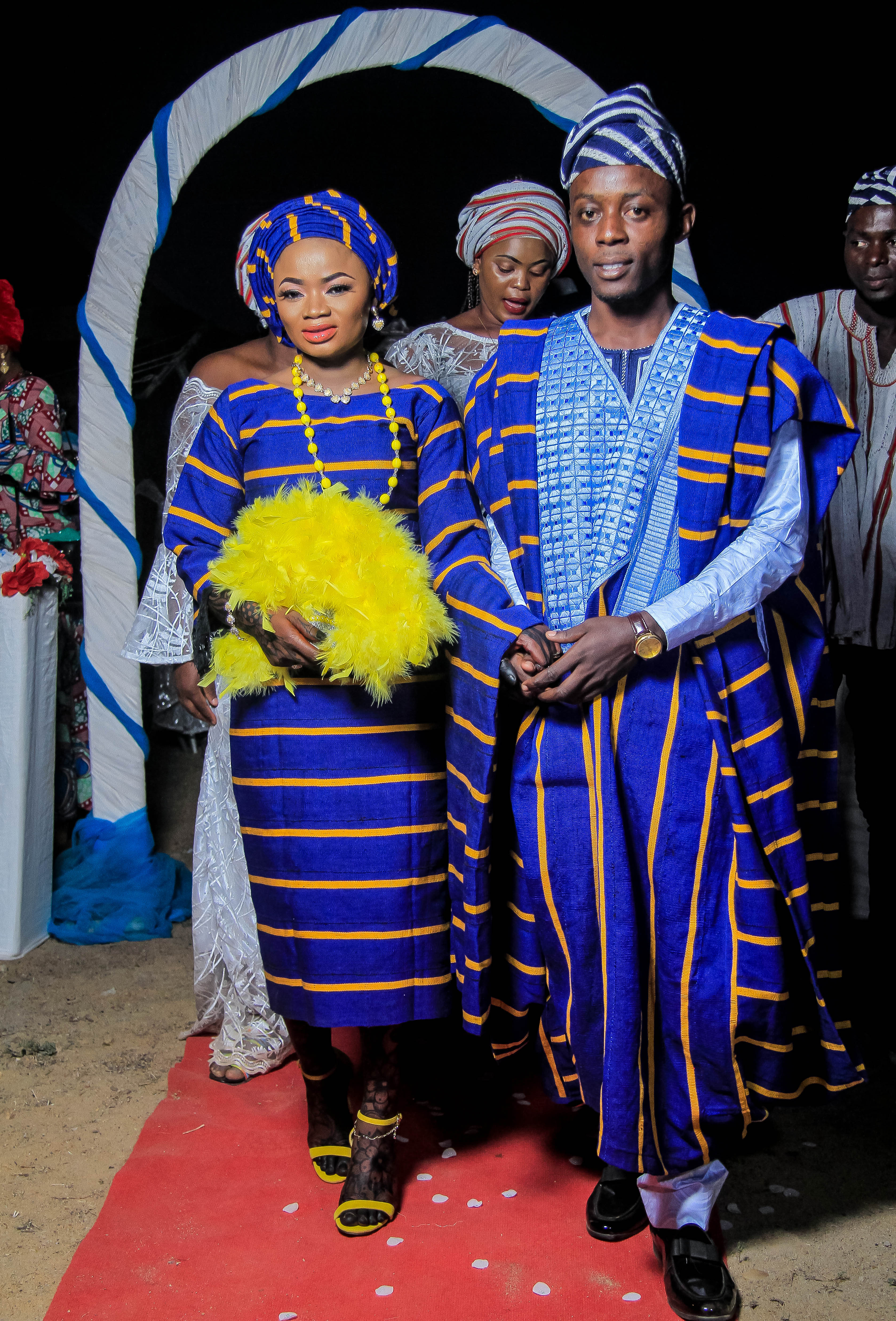
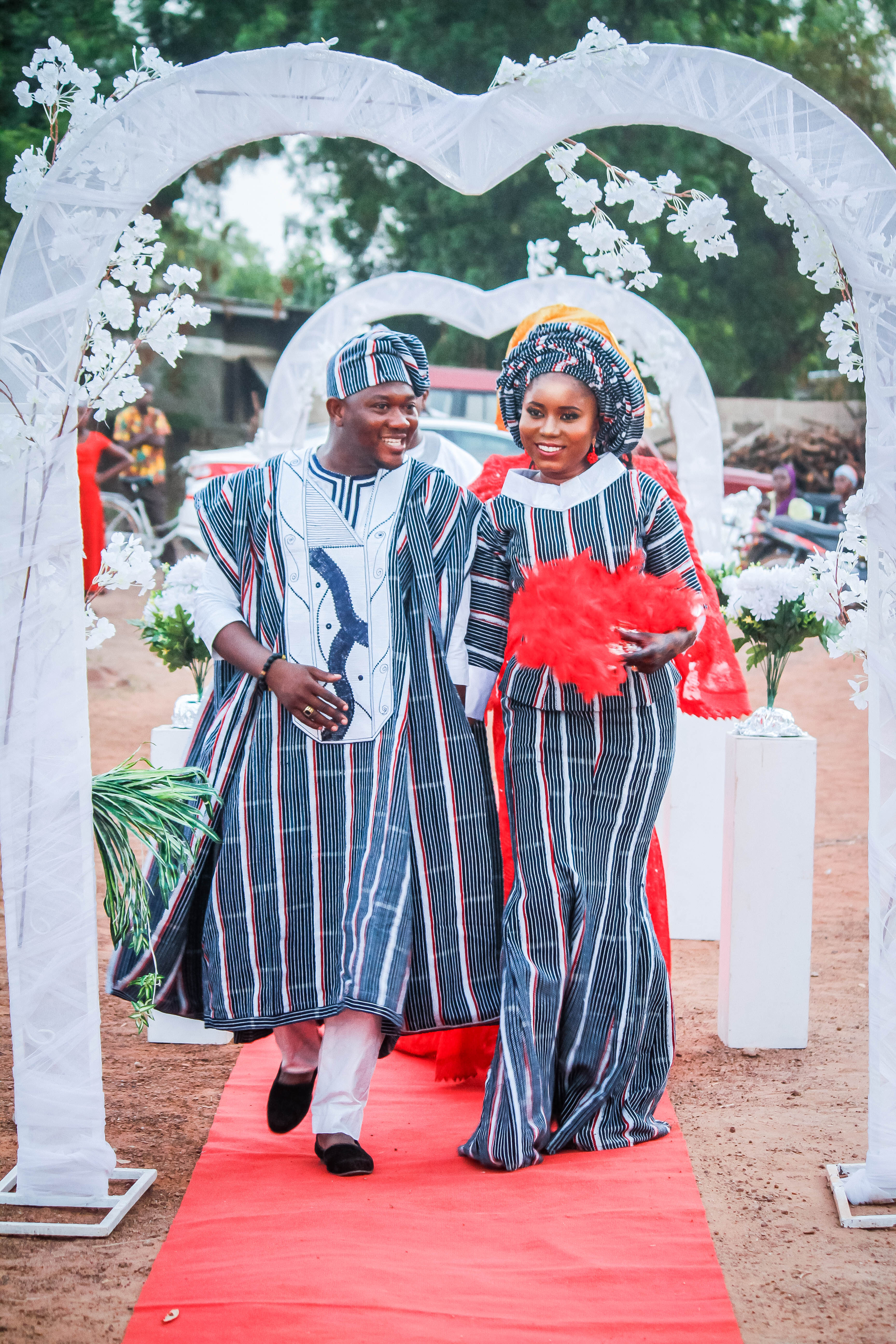
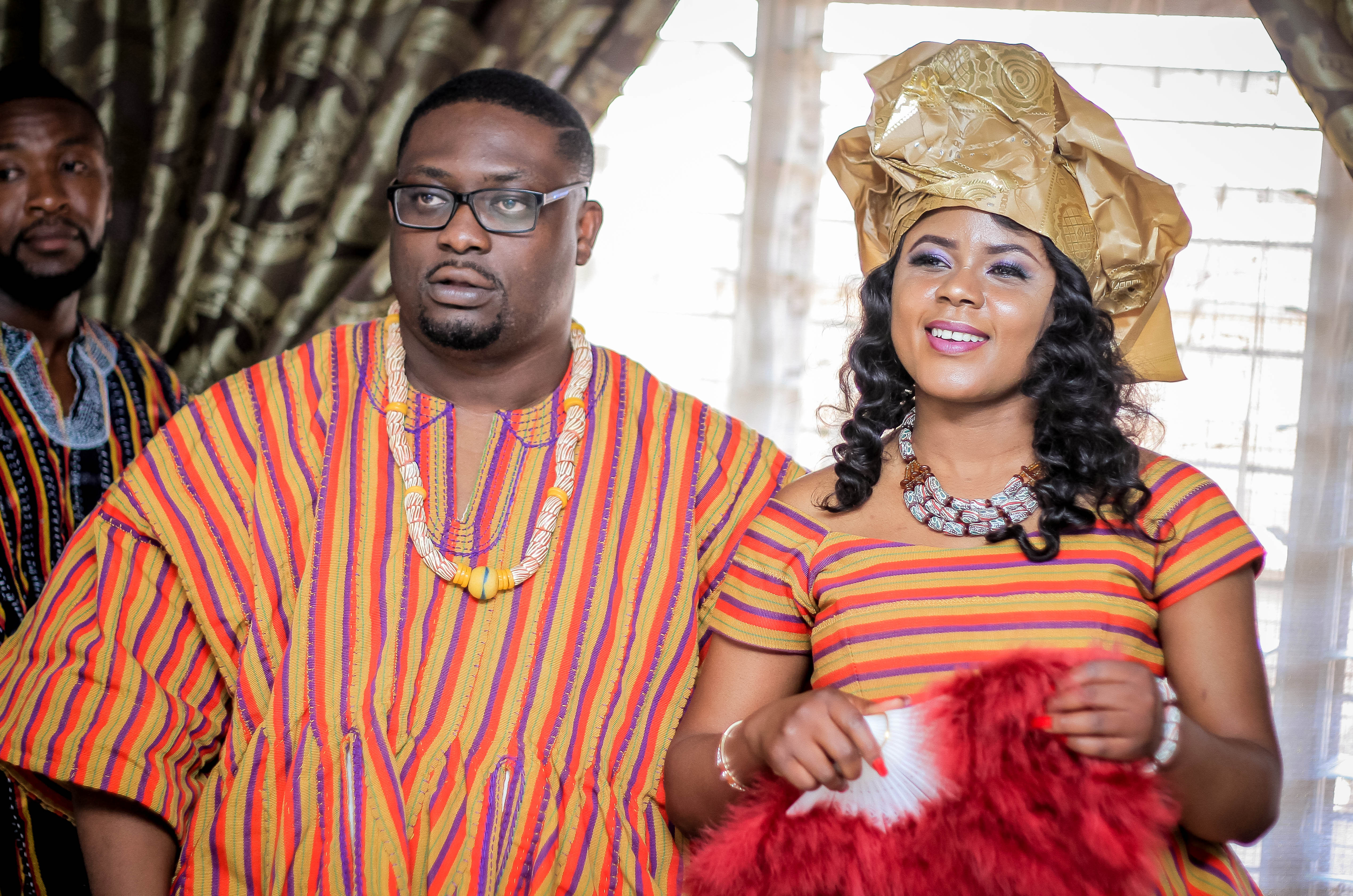
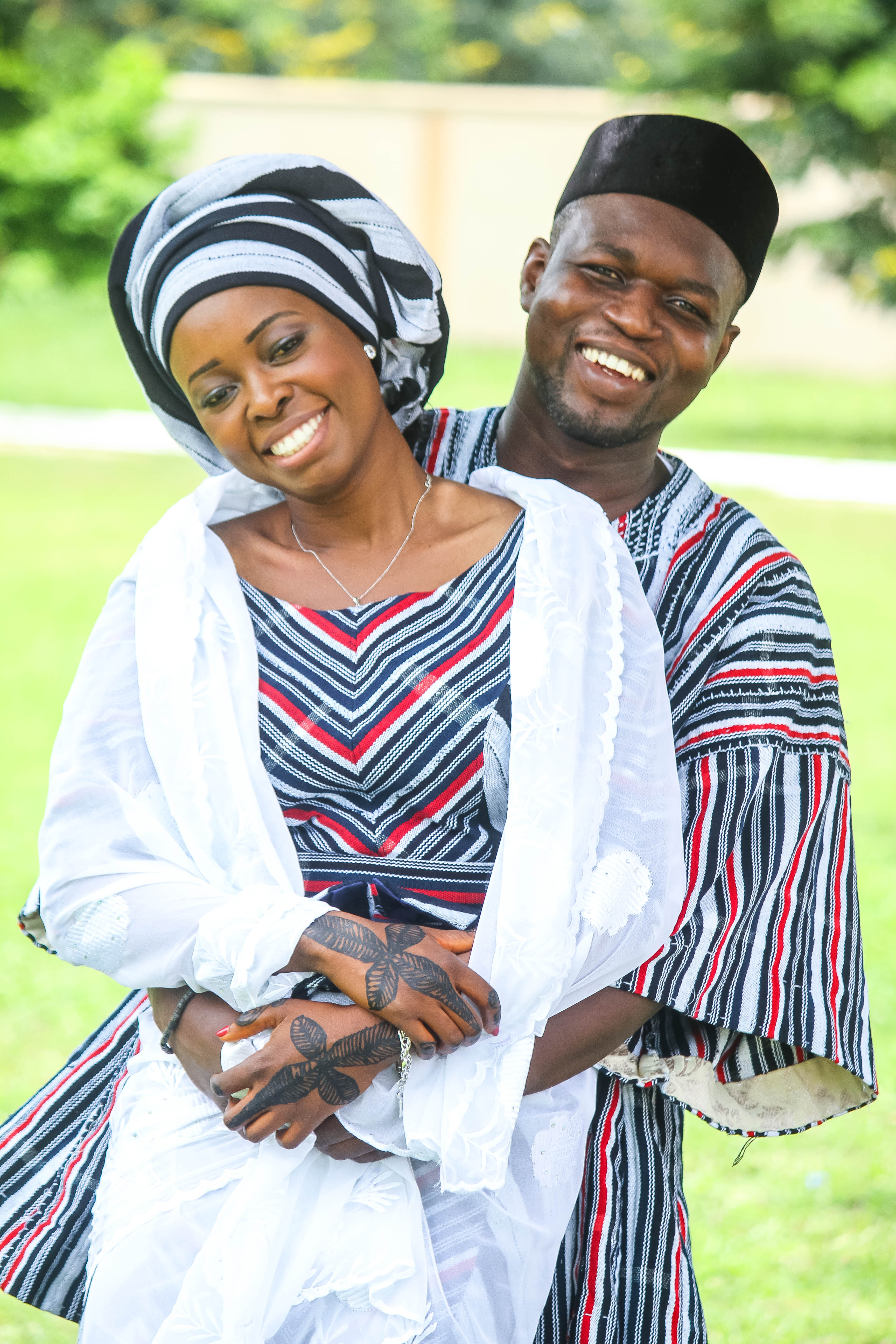
Before the early 2000s, smock fabric was only worn for particular, specific reasons, mostly by men, and while woven textiles in the south could be a variety of bright colors, the smock fabric was usually woven only in a limited number of muted color combinations. Traditionally, among the Dagbamba, for instance, a special white-smock fabric would be sewn into a flowing regal kparigu outfit when a new chief was to be “enskinned” (called that because chiefs sit on an animal skin). But after being worn, once, the smock would be put away, only to be taken out (and dusted) for the chief’s funeral. Women in royal households might occasionally also wear the smock, but only in performance of some traditional royal duty. In these cases, the smock’s function was specific to its context, and the color and design (and use) would vary predictably by ethnic group. Weavers and other connoisseurs of the fabric would be able to match and identify the location and function of different fabrics just by examining the threading, color, and design.
Some of the energy behind the smock’s revival comes from government initiatives. In 2004, for example, President John Agyekum Kuffuor launched the National Friday Wear program: to promote the domestic textile industry and revive national pride in African fashion, Ghanaians were encouraged to wear African print textiles every Friday. This program helped to normalize African print fashion in formal public spaces, and before long, it had expanded beyond Fridays. Even corporations with strict dress codes (read: strong preference for suits) began printing African fabrics with the company name, logo, and colors to enable workers to observe National Friday Wear while adhering to the corporate culture.
Though the program has certainly helped to regularized the use of the African print beyond special occasions, the question of whether it has actually supported local textile mills–or led to “African fabrics” being imported from China–is another story. Historically, African prints made for Africans have been produced outside the continent, mostly in Europe (while textiles manufactured on the continent have also tended to be controlled by European merchants). Companies like the Ghana Textile Print and the Akosombo Textiles Limited aimed at producing African print textiles, locally, for African consumers, but have struggled to stay afloat with high production costs. In the early 2000s, Chinese textile companies took advantage of the struggling local textile economy to break into the market by producing similarly-patterned prints of lower quality, but at cheaper prices.


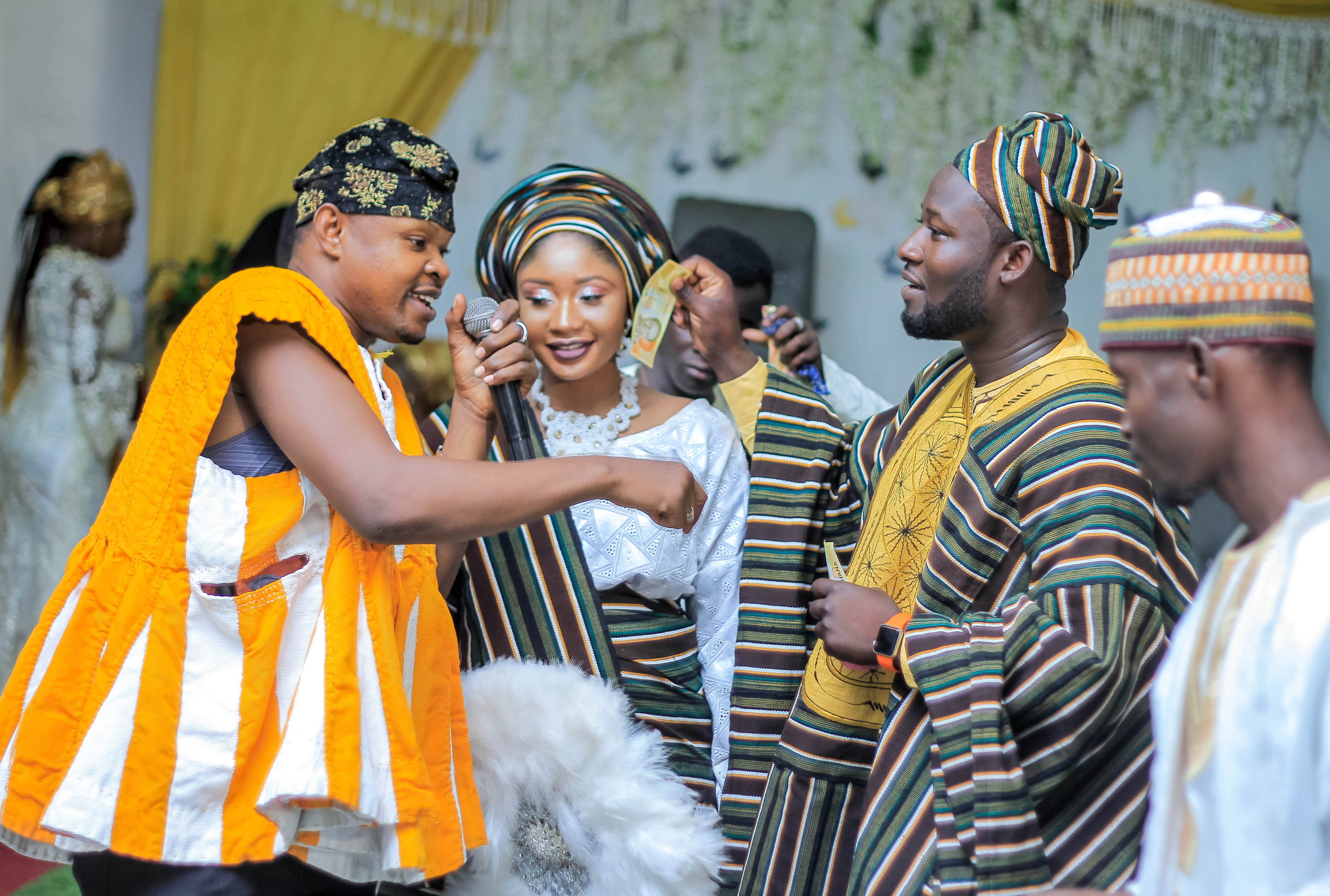
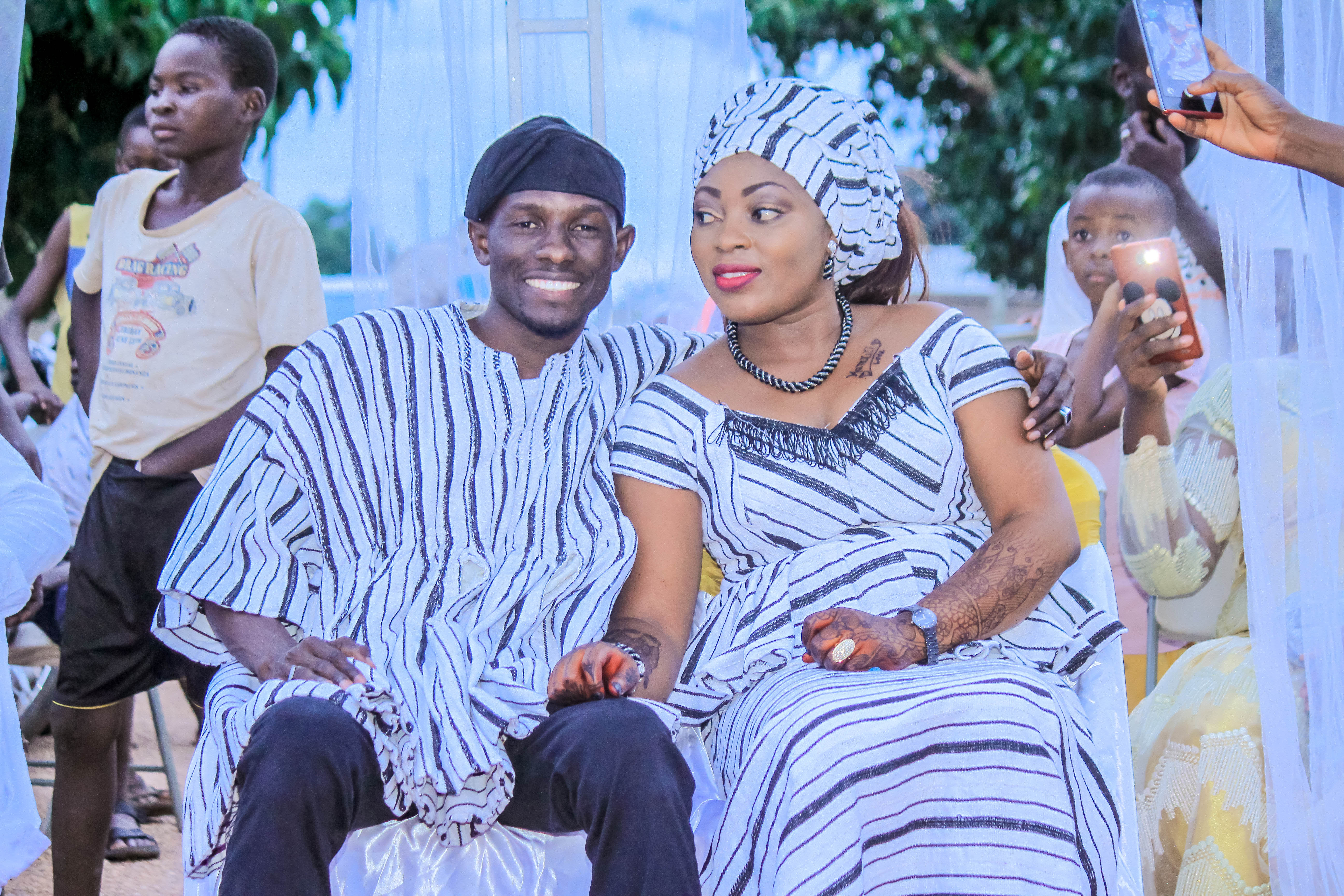

In 2015, the Mahama administration launched Batakari Day, to be observed on the first Friday of every month, on which Ghanaians are expected to wear clothes made with the Northern smock fabric, to support the local woven fabric industry. President Jerry John Rawlings was known for wearing the Northern smock during his time in office, wearing it over a long-sleeved shirt and tailored pants for various ceremonies, but the Batakari Day added to the momentum.
More than government initiatives, however, it’s the weavers, fashion designers, and public figures—like Lordina Mahama and Samira Bawumia—who are driving change. “The industry used to be mainly dominated by older designers,” Inusah Sualisu of HumbleKing Smocks told me, but today “an explosion of young designers are not afraid to experiment with new and bolder color combinations, designs and patterns.” Rather than the traditionally muted color combinations of white, black, red, and blue, young weavers like Salifu Fusheini—who apprenticed under the older generation—bring fresh ideas to their craft, hybridizing the fabric style, combining non-conventional colors, and producing fabric designs specifically requested by individual clients. And as new designers spring up, more and more people are turning to African fashion for their naming ceremonies, marriage, and funerals.
These new color palettes have particularly transformed the looks of marriage ceremonies. In past decades, most Christian couples would have had a “white” wedding, with a white gown for the bride and a dark suit for the groom; toady, more and more couples are going back to their roots and working with fashion designers like Smockyworld, HumbleKing Smocks, and Navro Clothline, who produce gloriously contemporary outfits for couples: smocks for men and various types of kaba and slit for women. Muslim marriage ceremonies have become a particularly grand affair; couples sometimes change as many as five or seven different outfits, with the Northern smock fabric popular for both pre-wedding photo shoots and the actual wedding ceremony.
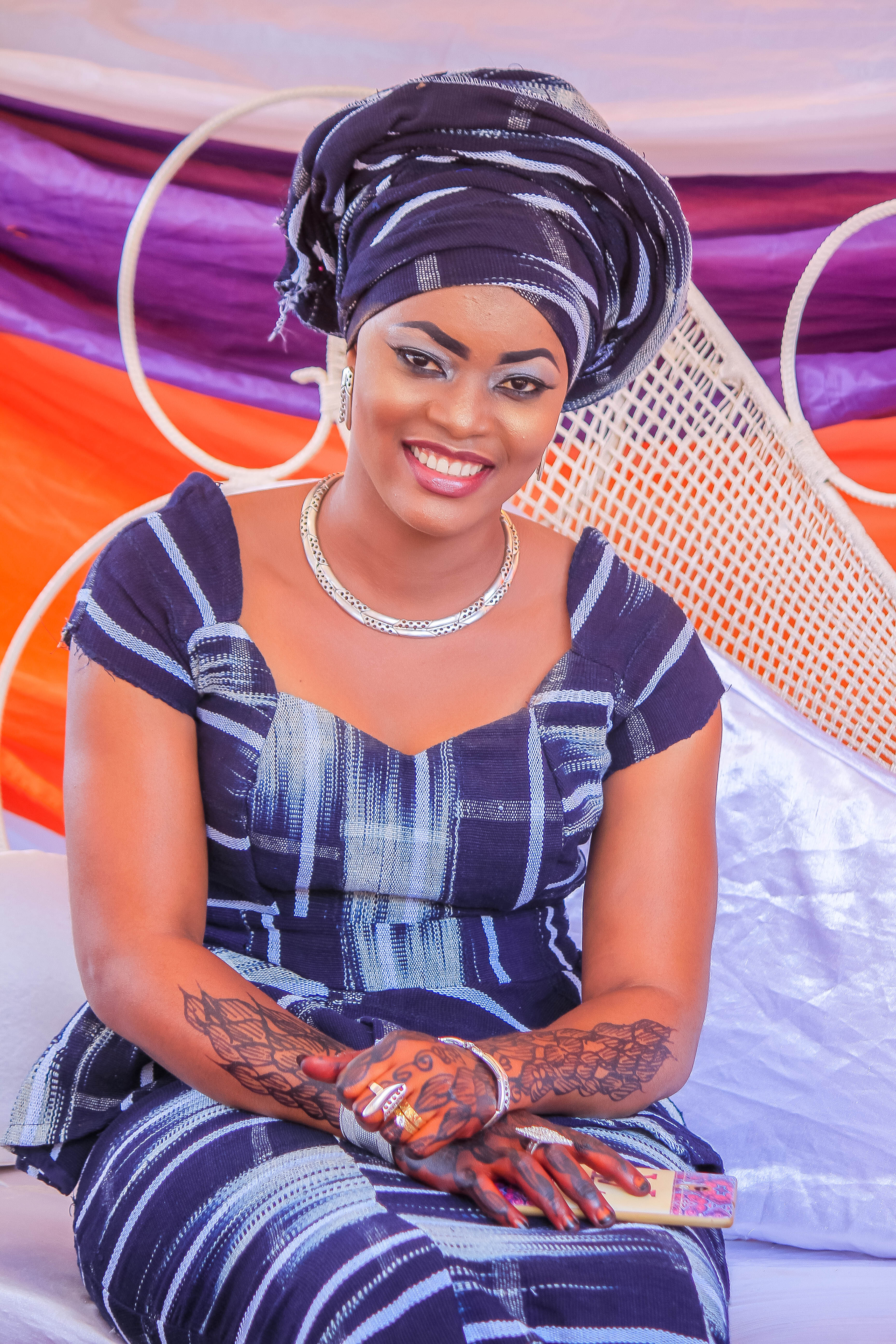
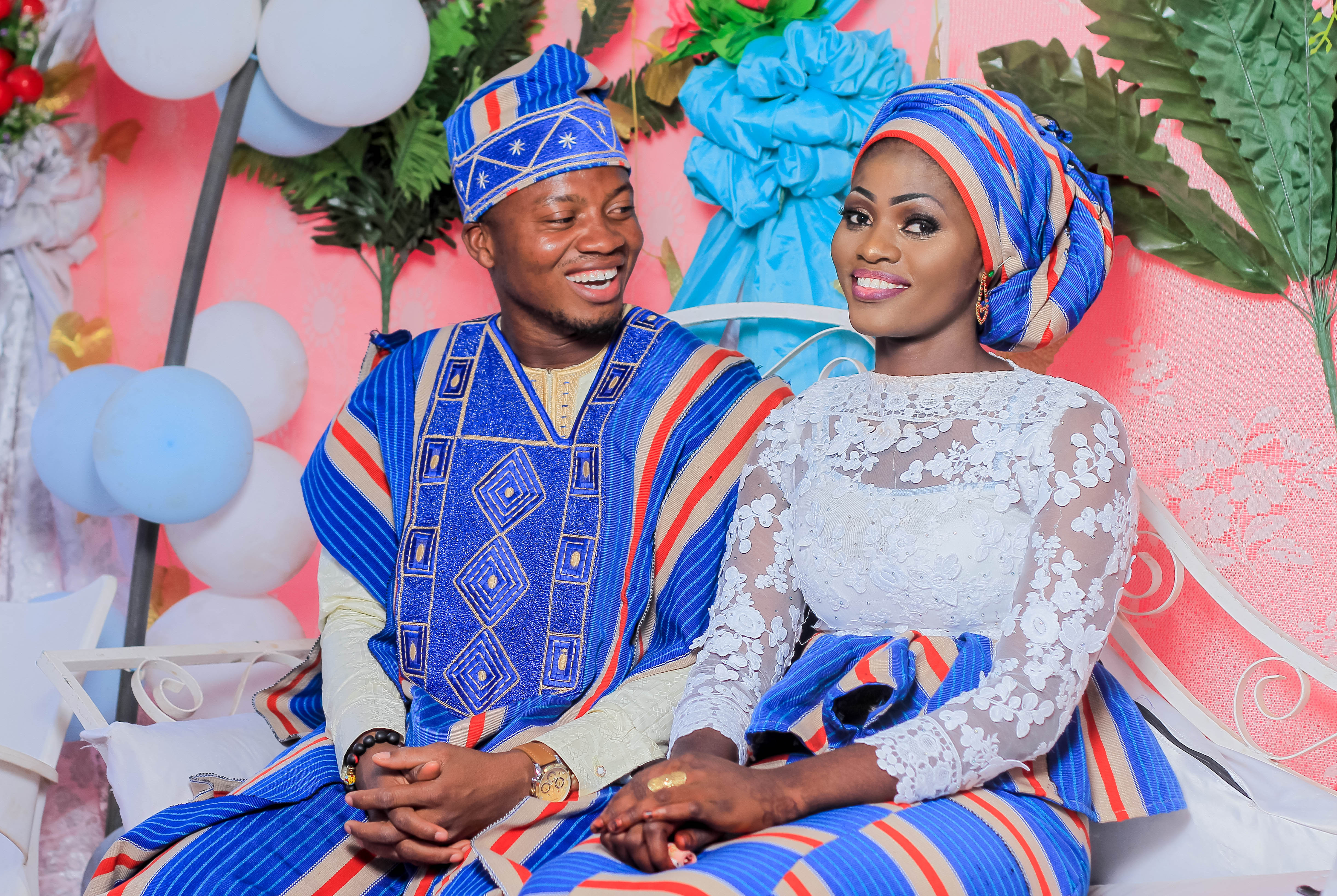
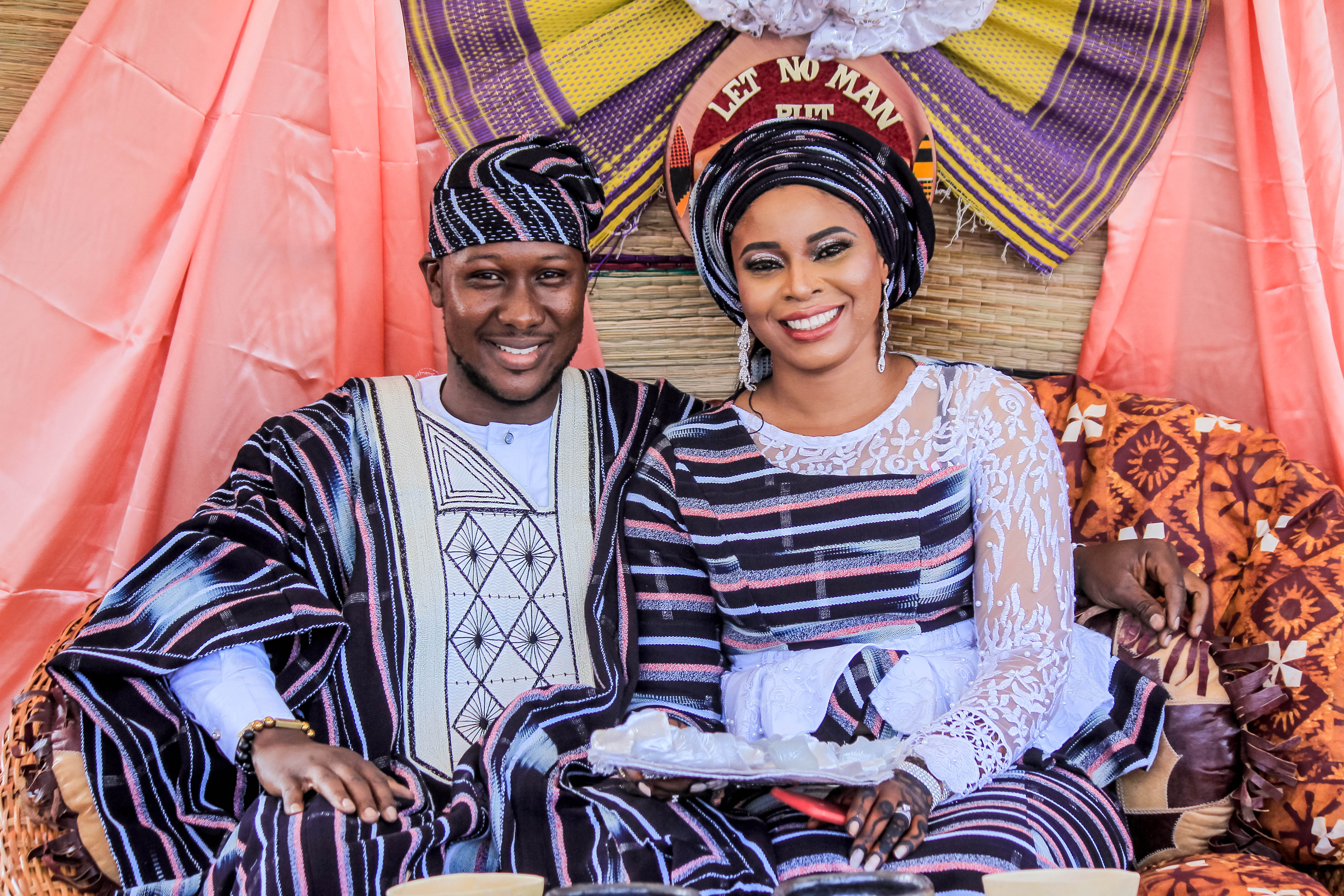
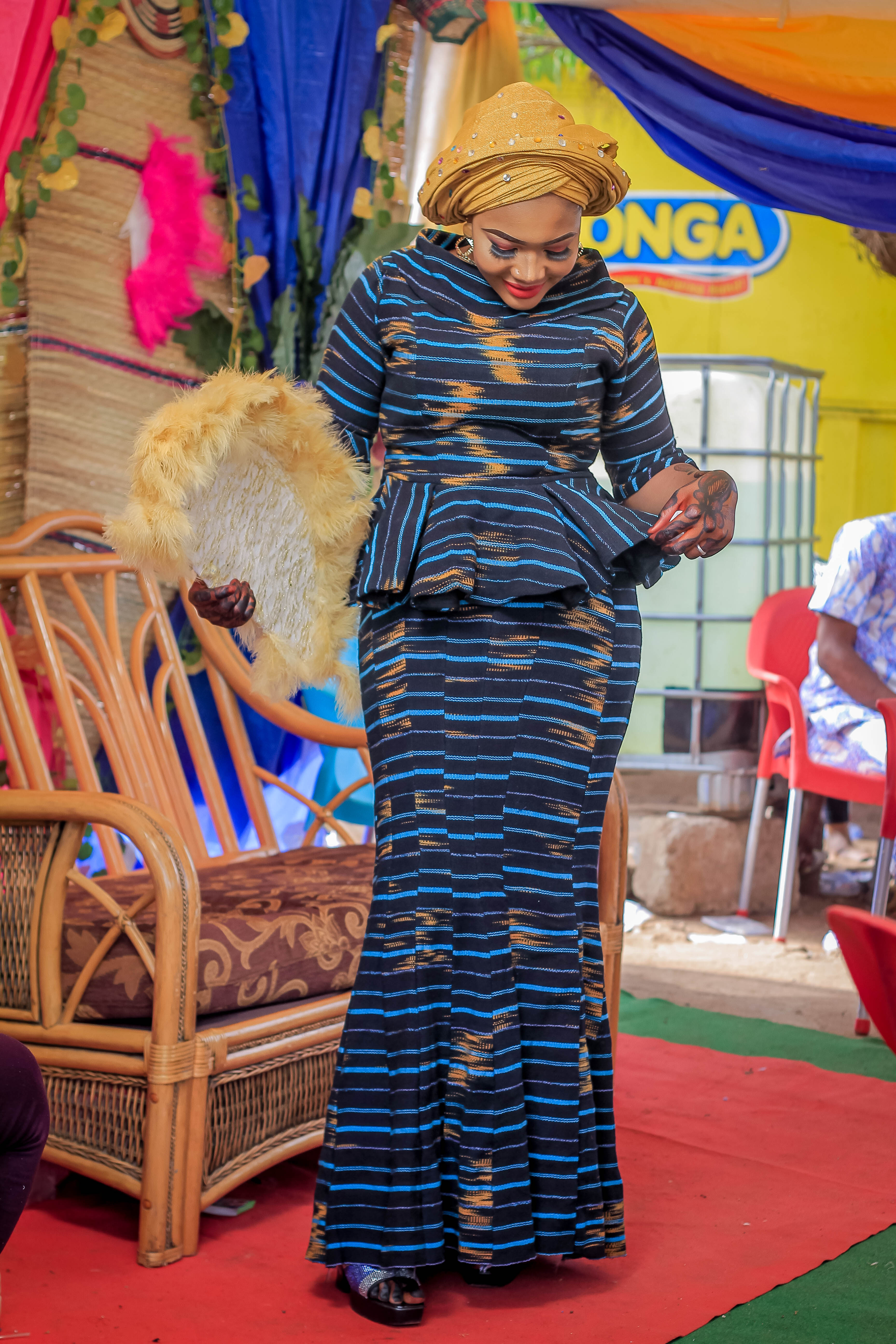
Designers work closely with couples to help them decide what colors and designs they want to use for the special day, advising customers based on their skin tone, body shape, and other factors. The design of the man’s wedding outfit draws from traditional Northern royal fashion, including a smock and pants with a big bulging crotch area, which is paired with intricately designed leather boots. The smock-fabric kaba and slit comes in various designs, with some made entirely of smock fabric, or comprised of a combination of the fabric and lace, sheda, or other textiles.
Smockyworld in particular has carved out a niche for itself with its breathtaking outfits and accessories like jewelry, turbans, and fascinators made from the Northern smock fabric. While other brands just produce the fabric and smocks for customers, Smockyworld is contemporizing their designs by producing accessories to go with these elaborate outfits. According to Getty Kunde-Kwallinjam, CEO of Smockyworld, former first-lady Lordina Mahama helped draw national attention to the Northern smock fabric industry by wearing an outfit made from the Gonja smock fabric. The CEO also credited the current second-lady Samira Bawumia for boosting the industry through her patronage of the fabric:
“I realized the market was choked so I needed to come up with other ideas on it. Then Samira came in…the second lady now. She was using really really colorful smocks that was not kente. So, I got the idea and found out that the smocks she was wearing were from Upper West Region and Upper East Region. So, I went to meet some women in these regions.”
The outfit Samira Bawumia wore to the inaugural ceremony of the current government put the Northern smock fabric in the spotlight, drawing wide national interest in the age-old cloth. In this vein, there are smock fabrics named after former president John Mahama, former first-lady Lordina Mahama and current second-lady Samira Bawumia. The CEO believes that contextualizing the Northern smock fabric within the history of the various ethnicities it is produced by is imperative to appreciating Northern dress culture.
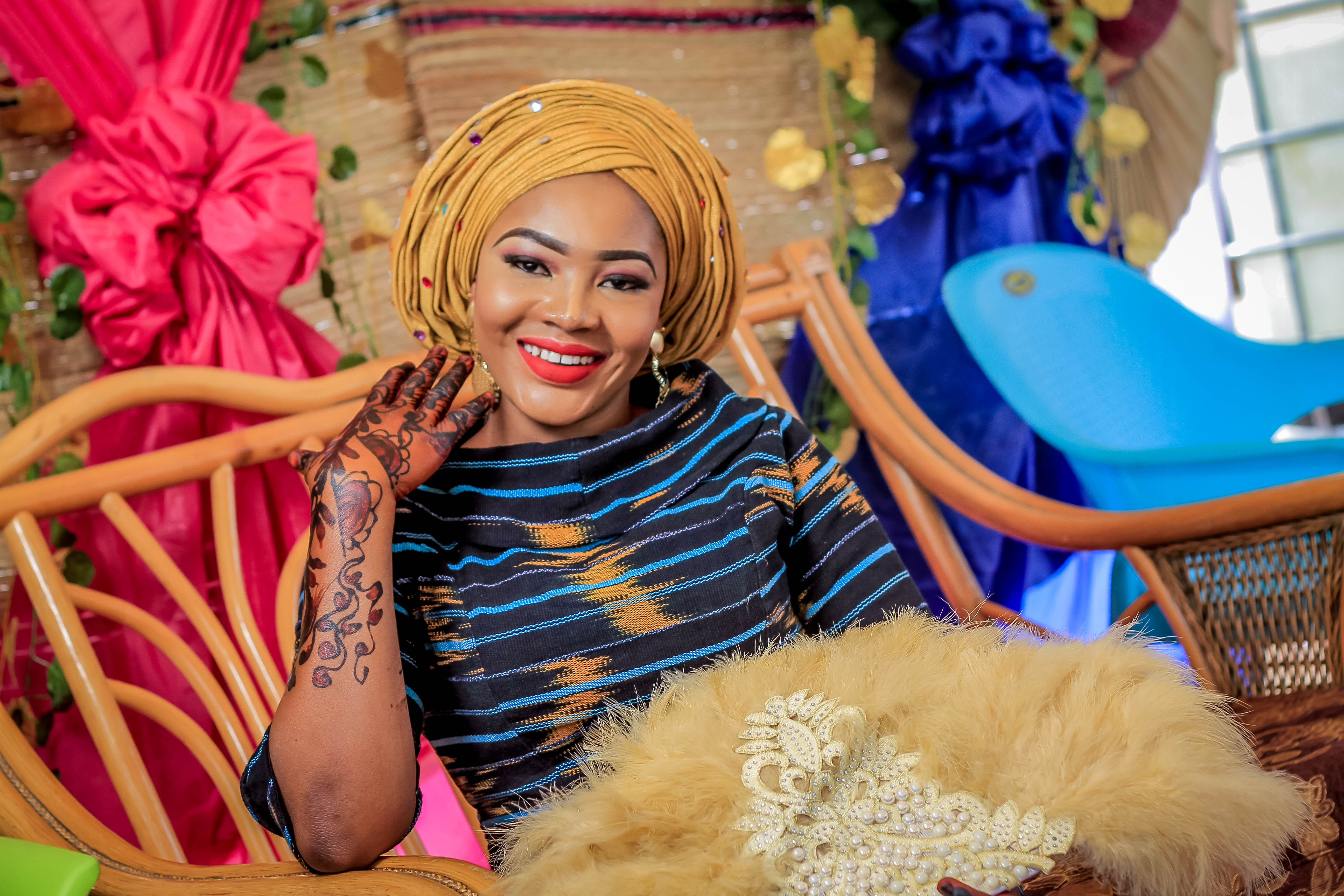
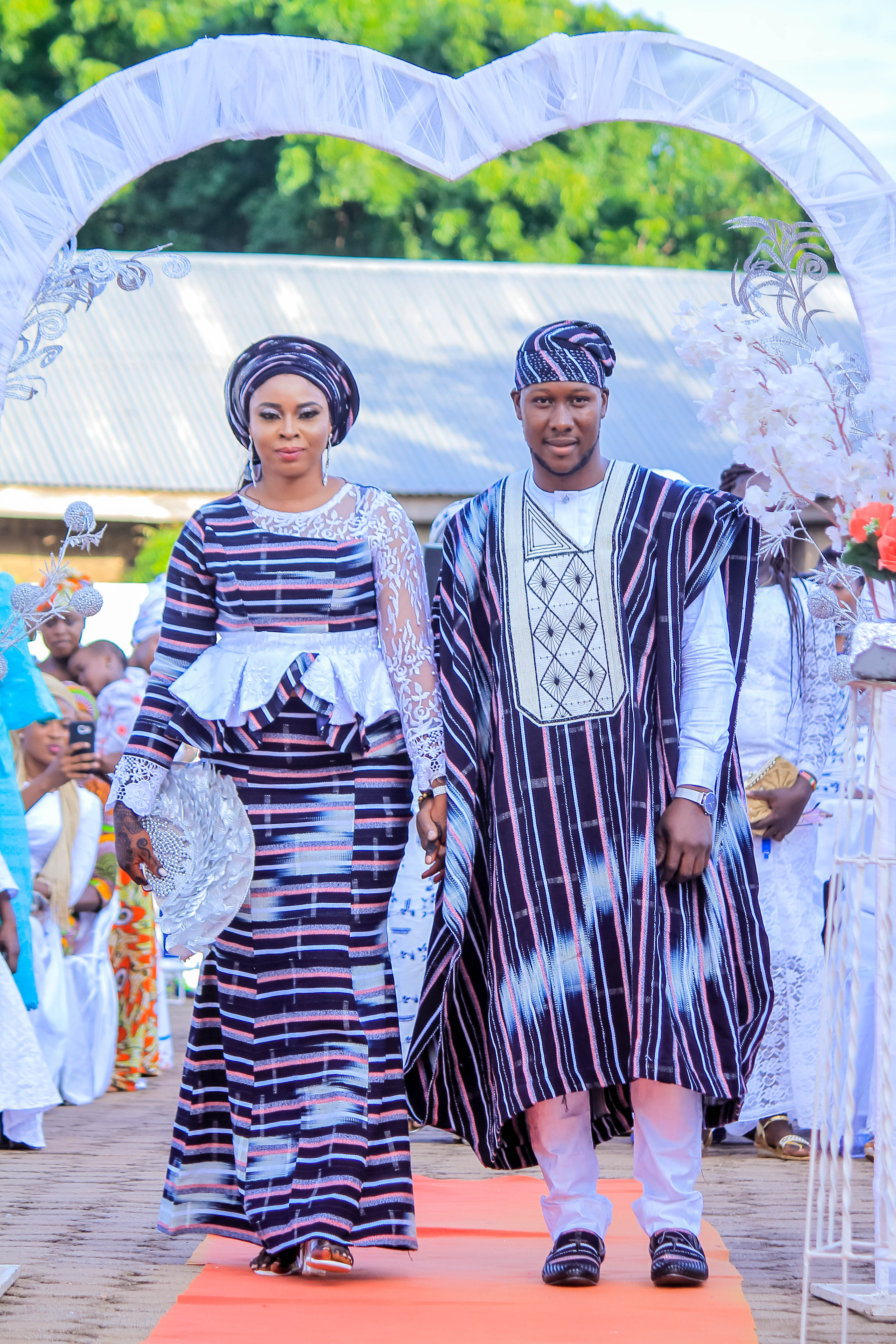
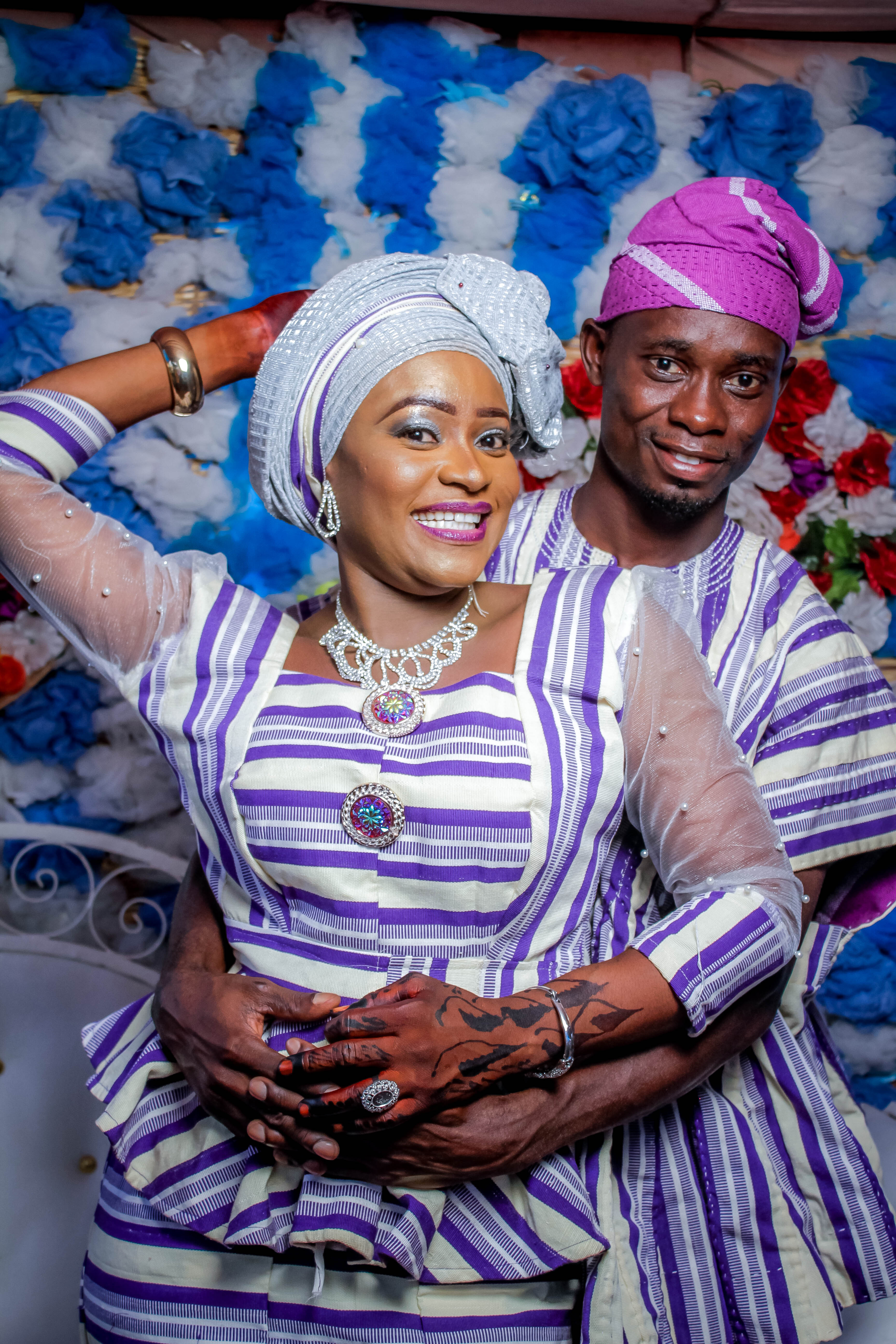
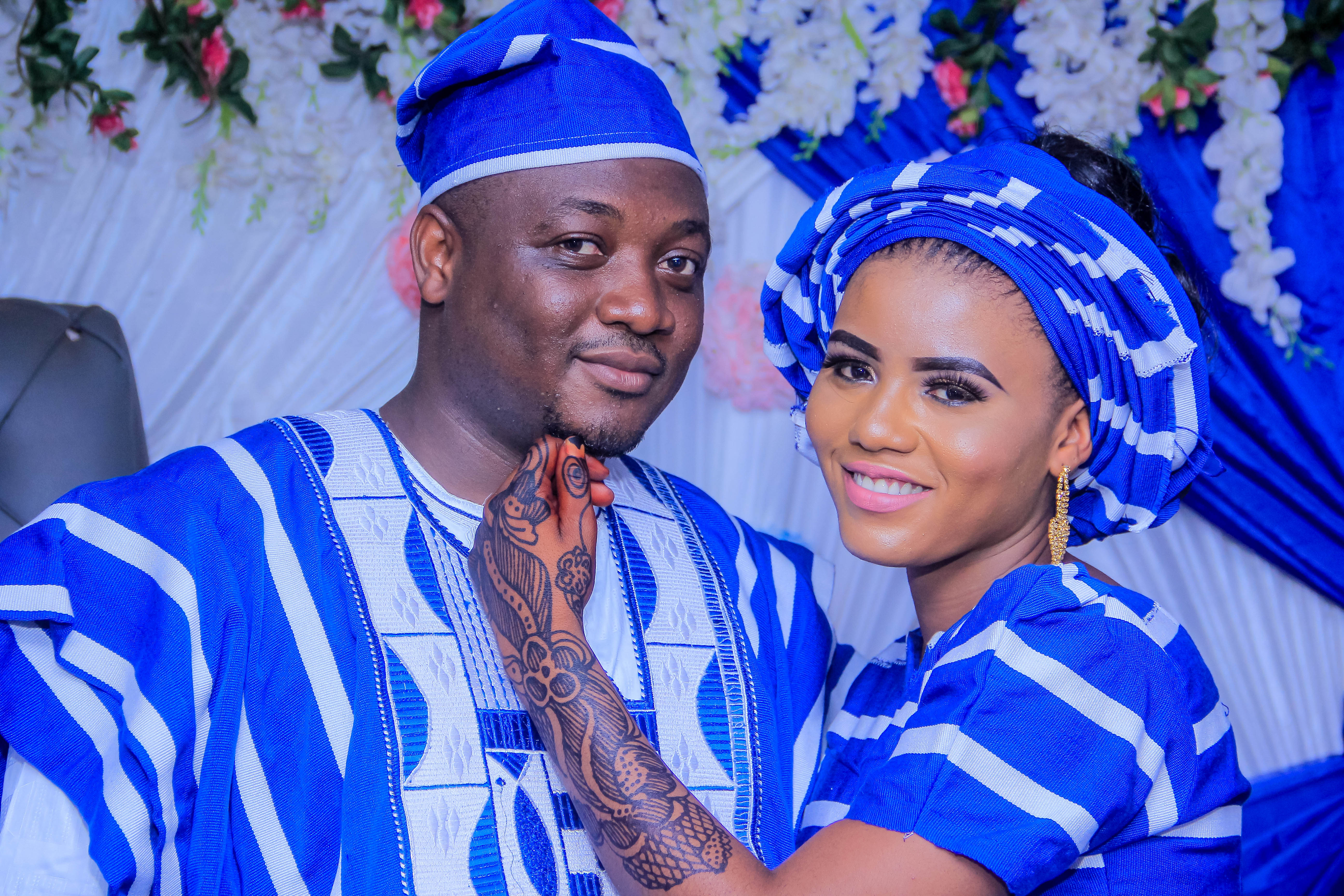
Photo Credits: Abdul Hameed Pictures

